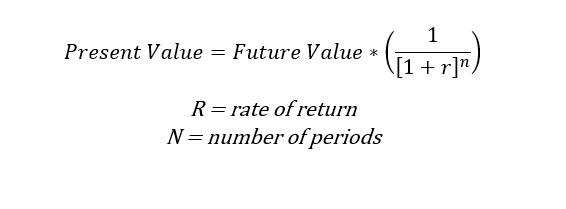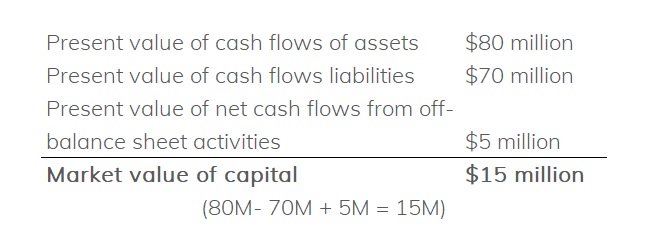Any time the projected balance sheet changes, both earnings at risk and value at risk will change. When assessing impacts of changes on the future, an analysis of both will help give management a full picture of the risk profile within the new future balance sheet.
Specifically, EVE helps weed out “quick fix” ideas since it forces management to consider the full horizon of risk strategies. For example, say an institution is looking to boost short-term earnings and finds a market for cheap fixed-rate mortgages with ample volume. They decide to originate a large amount of these mortgages at a cheap fixed rate, which boosts their short-term earnings.
However, interest rates in the subsequent years rise steadily, and those same mortgages could be originated at 2% to 3% more than what they originated them for. Their value is going to decline significantly, and the lost opportunity cost could be crushing.
As another example, suppose an institution purchases an ample number of long-term CDs at a certain rate to boost short-term funding. Interest rates decline steadily in the following few years, and they could secure those same CDs for 2% to 3% less than what they’re paying. Their economic value of equity would take a hit as well.
On the other hand, prior to executing either of the above-mentioned strategies, management can review an EVE analysis and assess the potential risk in the strategy. It can conclude how the reward trade-off fits in to the institution’s risk tolerance and overall capital plan, making a more informed risk management decision.
Conclusion
Both earnings at risk and value at risk can measure earnings performance, but the difference in horizon assessed between the two allows an institution to have a holistic view of the risk present in the portfolio.
For both analyses, remember these three main takeaways:
- Analyze both static and dynamic balance sheets and assess the current and future risk/return trade-offs.
- Ensure all options are included in the analysis (caps, floors, prepayment penalties, etc.)
- Confirm reasonable and relevant scenarios are being analyzed.
Some institutions find it helpful to utilize outside asset/liability management expertise when conducting earnings at risk or value at risk analyses. Others choose to perform EAR and VAR analyses themselves. Regardless, financial institutions in this changing environment can benefit from knowing both the short- and long-term impact of their strategies on their banks or credit unions.








